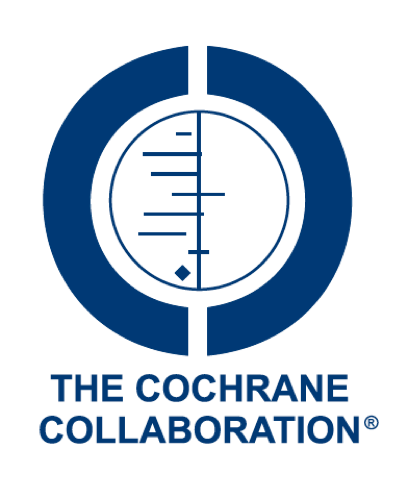DMAC SUPPORTS EFFICACIOUS DOSAGE GUIDELINES
FOR PACs IN DIETARY SUPPLEMENTS
AND CRANBERRY PAC-BASED HERBAL MEDICINES
- Accurate PAC quantitation is essential for the formulation of cranberry fruit juice dry extracts for the maintenance of urinary tract health and to prevent recurrent urinary tract infections.
- Quantifying the PAC content with the DMAC/A2 method allows the worldwide cranberry industry to formulate products with sufficient PAC levels for efficacy.
- The suggested daily dose of 36 mg total cranberry PACs measured by DMAC/A2 was determined based on PAC levels measured in a 300-mL serving of cranberry juice cocktail containing 27 % pure juice. This dose showed clinical benefit for markers of UTI prevention (Avorn, JAMA, 1994).
- Cranberry products containing 36 mg PACs prevent bacterial adhesion in urine. Doses of 72 mg elicit slightly better results and may be warranted in certain cases where more efficacy is needed (Howell et al. Dosage effect on uropathogenic Escherichia coli anti-adhesion activity in urine following consumption of cranberry powder standardized for proanthocyanidin content: a multicentric randomized double blind study, BMC infectious Diseases, 2010; 10:94.
- The picture on the next page illustrates the anti-adhesion activity of fluorescent E. coli against the T24 cell linings of the bladder

More studies of cranberry products such as tablets and capsules may be justified, but only for women with recurrent UTIs, and only if they contain the recommended amount of PACs (at least 36 mg/d), and are quantified using standardised and validated measures.